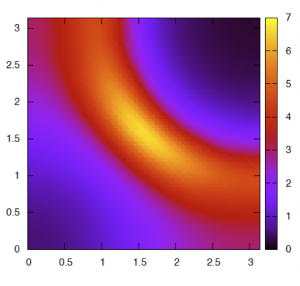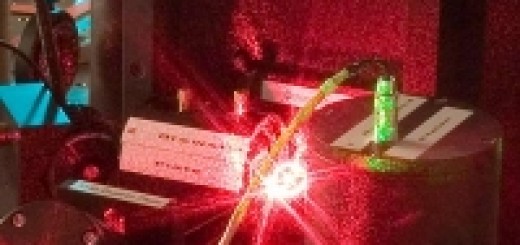Towards a microscopic description of the pseudogap phase in cuprate and organic superconductors
 Wednesday, 11th January 2012. 12:00-13:00
Wednesday, 11th January 2012. 12:00-13:00
Jaime Merino
Departamento de Física Teórica de la Materia Condensada, Universidad Autónoma de Madrid
ABSTRACT:
Understanding the mechanism of high-Tc superconductivity in cuprate materials is a fundamental challenge in condensed matter theory. The ‘normal’ metallic phase of these systems is highly unconventional displaying strong deviations from Landau-Fermi liquid behavior particularly in the underdoped regime in which a pseudogap phase with no apparent broken symmetry occurs. The most ‘anomalous’ observation in this phase is that the Fermi surface consists of disconnected arcs along the Brillouin zone diagonals violating the Luttinger sum rule condition. A pseudogap phase has also been observed in the metallic phase of layered organic materials which are in close proximity to a Mott insulating phase. The common existence of a pseudogap state in the doping driven Mott insulators (cuprates) and in the bandwidth Mott transition (organics) suggests that the pseudogap is inherent to properties of the Mott insulator in two-dimensional systems.
In order to understand the microscopic origin of the pseudogap phase we have explored the evolution of the one-electron properties across the Mott metal-insulator transition based on a single-band half-filled Hubbard model on a two-dimensional square lattice. As the Coulomb repulsion is increased electrons along the antinodal direction of the Brillouin zone open a gap (pseudogap) in the spectral density whereas electrons along the nodal direction display a quasiparticle-like peak. Since the pseudogap phase is found in the paramagnetic solution of the Hubbard model no broken symmetry occurs suggesting that is associated with short range electronic correlations. The nature of the excitations in the pseudogap phase is unveiled by analyzing pairing and antiferromagnetic correlations. We find that dx2-y2-wave pairing correlations are enhanced whereas antiferromagnetism is suppressed within the pseudogap phase. This behavior is consistent with the resonant valence bond (RVB) wavefunction for the ground state proposed by Anderson and coworkers for the cuprate superconductors.


















